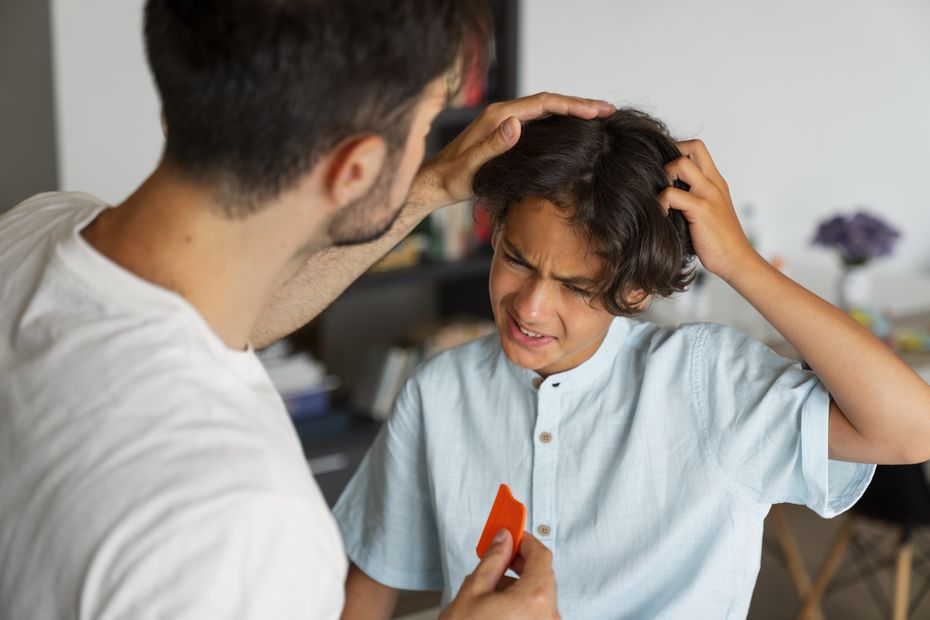Hair is a powerful symbol — of identity, culture, and beauty. But when a parent, grandparent, or even the child themselves experiences hair loss, it can raise tough questions, especially from little ones who don’t yet understand why “mommy has no hair” or “grandpa wears a wig.”
In today’s world, where appearance is often linked to self-worth, it’s more important than ever to have honest, compassionate conversations with children about hair loss and beauty alternatives like wigs.
Let’s explore how to normalize these topics, build family confidence, and turn wigs into empowering tools — not taboo secrets.
💬 Step 1: Start with Age-Appropriate Honesty
Whether the hair loss is due to chemotherapy, alopecia, age, or personal choice, honesty builds trust. Use language that’s simple, yet informative:
- For toddlers: “Mommy’s hair is taking a rest right now. That’s why I wear a fun wig!”
- For kids 6–10: “Sometimes people lose hair because of illness or stress, and wigs help them feel more comfortable.”
- For teens: “Hair doesn’t define beauty — some people choose wigs, scarves, or bald looks and rock them with confidence.”
Avoid shame, secrecy, or overcomplicated explanations. Kids often take emotional cues from how you handle it.
💡 Step 2: Show Wigs as Empowering, Not Embarrassing
Wigs shouldn’t be a hidden part of your routine — normalize them the way you would eyeglasses, makeup, or clothes.
💡 Ideas for Normalization:
- Let kids help choose a fun wig for a special event
- Show them photos of celebrities who wear wigs (e.g., Zendaya, Cardi B, Dolly Parton)
- Allow them to touch and feel the wig (if appropriate)
- Say phrases like “This is just one of my styles today!”
The more casual you are, the more casual they’ll be too.
🌈 Step 3: Celebrate Beauty in All Forms
Hair doesn’t define beauty — but children learn that by example. Make your home a place where differences are celebrated, not whispered about.
- Praise diverse hair types, bald heads, natural hair, and protective styles
- Watch cartoons or read books that show characters with wigs, headwraps, or without hair
- Compliment others in your community who express beauty differently
Create an environment where “different” = “cool” — not confusing or scary.
👧 When the Child Is the One Wearing the Wig
Some children face hair loss themselves, due to medical conditions like alopecia, cancer treatments, or trichotillomania. Wearing a wig as a child can be a big adjustment.
💖 Support Tips for Wig-Wearing Kids:
- Let them choose the style or color (even something bright and fun!)
- Talk openly about how it might feel in school or public
- Connect with support groups for kids with hair loss (e.g., Wigs for Kids, Children With Hair Loss)
- Normalize going without a wig too — give them choices
Most importantly, reassure them that hair does not define who they are.
🧠 Help Build Self-Esteem Beyond Hair
Children look to their families to learn self-love. Boost their emotional confidence by:
- Complimenting personality traits (kindness, courage, creativity)
- Doing affirmations together: “I’m beautiful, strong, and brave — with or without hair!”
- Emphasizing that real beauty is how we treat others, not just how we look
When self-esteem is strong, beauty becomes just one part of the whole — not the entire picture.
💬 Final Thoughts: Turning Questions Into Connection
Helping kids understand hair loss and beauty alternatives isn’t just about explaining a wig — it’s about building empathy, confidence, and self-love in the next generation.
The more we normalize wigs, the more inclusive and kind our world becomes — starting right at home.
So, the next time a child asks, “Why do you wear that?” — smile, and say:
“Because beauty comes in all forms — and this is one of mine.”


